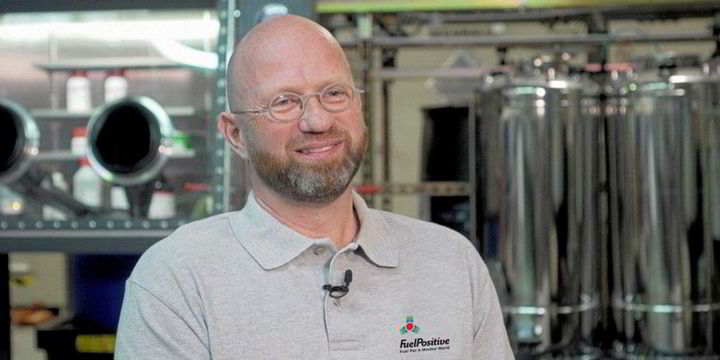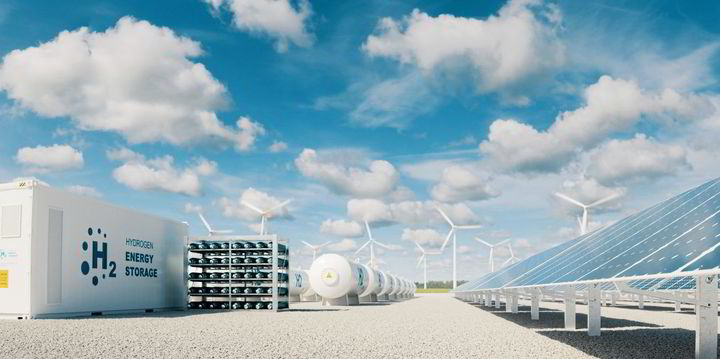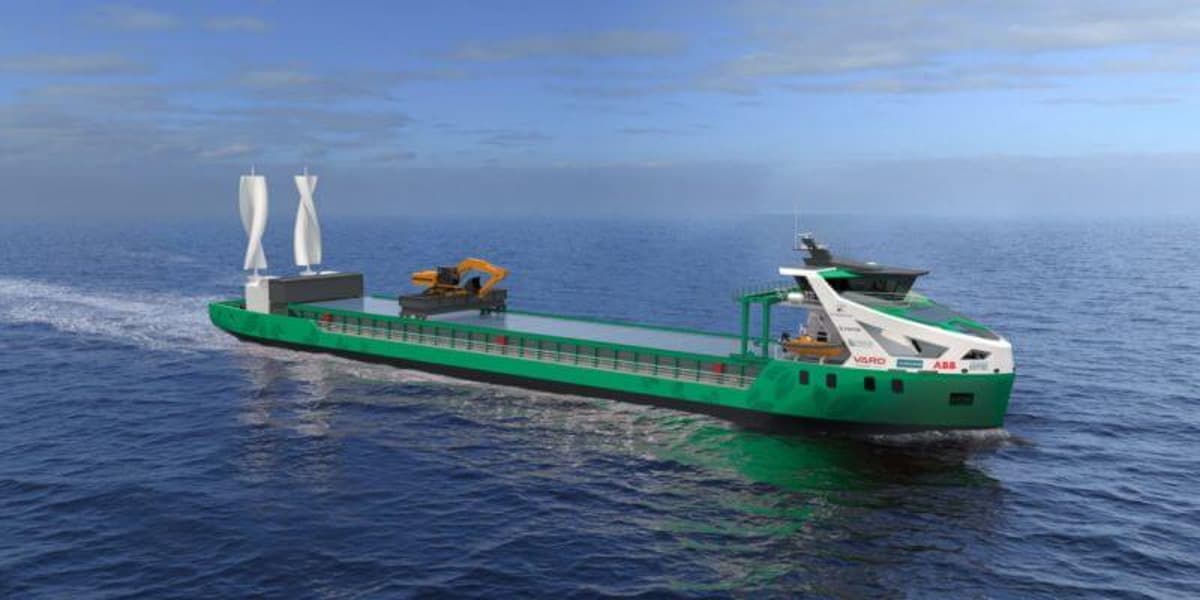Calculations by analyst ICIS challenge the assumption that low-carbon blue hydrogen derived from methane with CCS will be cheaper than renewable H2

www.rechargenews.com
This is interesting. Gray hydrogen (from NG no CCS) has become more expensive to produce in the UK than green hydrogen (via electrolysis from renewable power). The issue is, while the price of gas (marginally LNG imports) has gone up in response to global shortages, green hydrogen in the UK gets power under PPA for RE. So while under average conditions, green may be more expensive than gray, there is very little variability in operating cost.
Arguably this is a problem for any gray hydrogen producer in a region that is a net importer of NG and specifically is a marginal importer of LNG. That is, the price of gas will largely be driven by the cost of marginal LNG (spot market, not contract). This means that the marginal price for gray hydrogen will also be driven by the global spot price for LNG.
As I have argued before, a huge chunk of the global economy wants to use LNG as a backup fuel, but the capacity of the LNG is not up to this Altas size task. The result is that every time Asia and/or Europe is caught underprepared for a cold winter, the price of LNG will skyrocket. Thus, gray producers could be in a position where they could be priced out of the hydrogen a quarter or two on any given year. This is tolerable for gray producers so long as SMR is the only game in town, and if the gray producer is also a natural gas producer making a killing off high LNG prices regardless the hydrogen production.
However, as green hydrogen scales up and the average RE PPA comes down, LNG price volatility erodes the competitiveness of gray producers. Moreover, as CCS adds about a $0.5 to $1.5 of cost per kg of hydrogen to gray, the economics for blue hydrogen is always worse than gray.
This is causing me to rethink my outlook on using electrolyzers to balance the grid. There is an important distinction to be made around the power that an electrolyzer consumes. Shall it consume grid power whenever the spot price is low or as available under a PPA? I'm a big believer in marginal efficiency. I could argue that the former is the more economically efficient approach and will likely win out in the long run. However, at this stage of development, the PPA has certain competitive advantages. Forget the noble objectives of seasonally balancing the grid. That should not worry you as a green hydrogen producer. Rather you've got to get capital lined up to prove and scale up your industry. PPAs lock in price certainty for both RE generators and green hydrogen producers. This contractual certainty decreases the cost of capital for both parties. That's a critical issue when you're marginal choice is to build out a new green hydrogen plant or a new wind farm. The volatility of power prices and how electrolyzers can exploit this volatility with inherent optionality is really a lower priority issue at this stage of development. RE penetration of a grid may need to exceed 80% or so before this optionality becomes a primary issue. So while RE pentration is low, the capital assurances of a PPA helps to scale up both RE and electrolyzers.
So how does PPA financed green hydrogen compete with gray? Specifically, it may want to exploit the value of the PPA as much as possible. Green hydrogen can realize higher profitability selling hydrogen at spot prices when the price of LNG is high. So the green producer may want to have some exposure to the spot market and not contract away all their product. This runs a little contrary to the objective of keeping the cost of capital low. So this stage of development may still be further down the road. But when green hydrogen is ready to flex just a bit, it can gain exposure to seasonal and episodic high LNG prices. At first green capacity is too limited to make much of an impact on spot prices. So the next stage of development is to have the scale to take market share from gray hydrogen whenever the price of LNG is elevated. When this happens the gray producers will find that they are seasonally unprofitable. This will devalue their capital that was built on assumptions around constant volume production. Utilization of gray capacity will vary through the year. Essentially, gray becomes marginal consumer of marginal LNG. They will be forced into doing seasonal balancing for the gas industry. This drives up the cost of any new gray or blue capacity. Eventually gray hydrogen production hits a structural peak and declines thereafter.
Early post-peak SMR capacity is used to do seasonal and episodic balancing of region gas supplies. As that happens it will make even more economic sense for electrolyzers to play a complementary role balancing power grids. For example, right now some people balk at the idea that electrolyzers will operate at a 50% CF, and indeed the economics look less favorable against gray hydrogen while SRM reactor operates at near 100% CF. But when gray hydrogen becomes a swing producer operating their hardware on 50% of the year, it will become abundantly clear that using electrolyzers at just 50% CF to do seasonal balancing on the grid is enormously valuable.
So I think my long-term vision is still intact. Rather the path to getting there may progress few several stages. In the near term, priorities are to keep cost of capital low for both RE and electrolyzers while initial scale up obtains experience curve reductions green hydrogen. It is encouraging at this point to know that the economics of gray hydrogen are not unassailable. The volatility of LNG and difficulty using it as a universal energy backup to the global economy is a major strategic weakness of gray hydrogen. It think we have reason to believe that green hydrogen can replace gray on economic competition alone. Even so, given the urgency of climate change, a little policy support could help speed up the inevitable.

xenetwork.org












